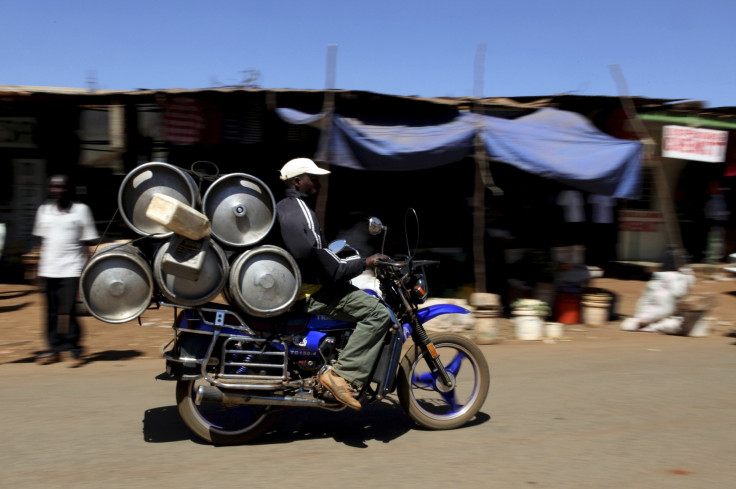How Cell Phones Could Change the Fight Against Malaria

Your cell phone can help you call for help in a remote location, find take-out in an unfamiliar area and provide marketers with ways to track your purchasing habits. But could cell phones help track diseases? A team of researchers has managed to track malaria's spread in Kenya.
Malaria is one of the deadliest diseases in the world. An estimated 3.3 billion people - half of the world's population - is at risk for the disease. In 2010, there were 216 million malaria cases, and 655,000 deaths that year could be attributed to it.
However, much of those transmissions are not necessarily due to the mosquito that carries the parasite (Plasmodium falciparum). The mosquito cannot actually travel for a very long time or for long distances. Unfortunately for malaria transmission, humans can travel as far and as quickly as a car, train or plane can take them. And, because many carriers of the parasite do not show symptoms at all or right away, they can carry the parasite hundreds of miles from where they received it to pass on to other people, making it difficult to control infections.
Led by Amy Wesolowski, from Carnegie Mellon University, a team of researchers from various prestigious universities like Harvard, Johns Hopkins and Oxford analyzed cell phone information for each of Kenya's 14.8 million users for one year between June 2008 and June 2009. Every call and text that was sent or received from a cell phone was logged by the closest cell phone tower, documenting the user's location. So even with cell phones without enabled GPS tracking, the researchers were able to have an estimate of where the person was.
The team used the person's most-used cell phone tower as a home base, and then tracked their travel by their call locations recorded by the new area's towers. Then researchers matched up their data with the region's known malaria prevalence and estimations of infection risk in order to figure out just how large a role travel has played in transmission of malaria.
Many of the journeys in the country involved travel to or through the nation's capital, Nairobi, indicating a likely spike in transmission of the disease there, even in people who had become infected in other places. Other areas are vulnerable to imported cases of malaria, like the central and Lake Victoria regions. Both regions see a lot of visitors but have fewer eradication controls in place.
Researchers hope that their information - and mobile technology - can help put in place new approaches for malaria control. For example, warning texts could be sent to travelers moving in and out of malaria hot spots, in addition to current methods like bed nets, insecticides, and medication.
The study was published in Science.



























